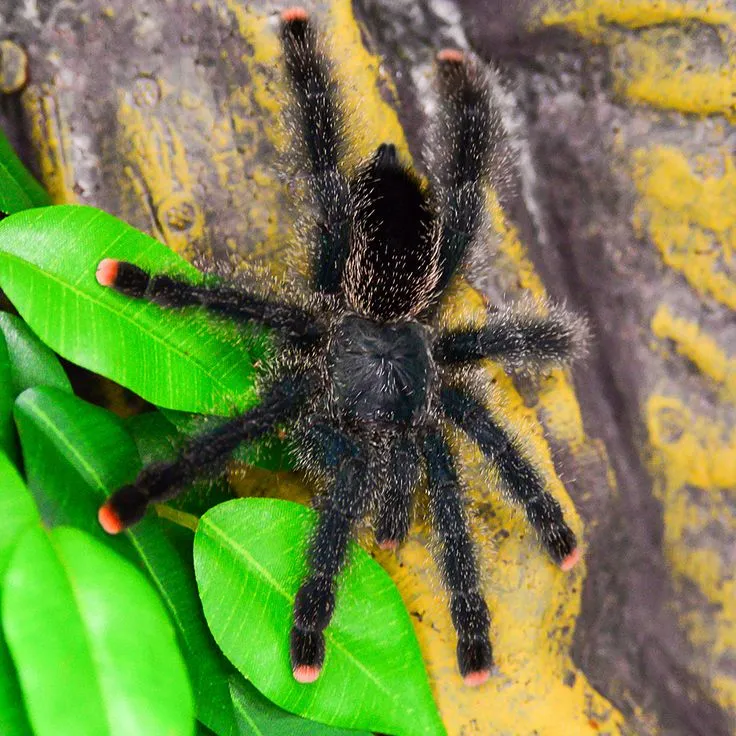Choosing Your Pinktoe Tarantula
Bringing a pinktoe tarantula into your home can be an exciting experience. These arboreal arachnids, known for their vibrant colors and docile nature, make fascinating pets. However, responsible pet ownership begins with making informed choices. This guide provides essential tips to ensure you select a healthy tarantula and provide the best possible care. Before acquiring a pinktoe tarantula, research and understand their specific needs, including habitat, diet, and temperament. This knowledge is crucial for creating a suitable environment and ensuring the tarantula’s well-being. Consider the commitment involved in caring for a tarantula, as they can live for several years, requiring consistent attention and care. This initial preparation sets the stage for a positive and rewarding experience with your new pet.
Selecting a Healthy Pinktoe Tarantula
Choosing a healthy pinktoe tarantula is vital for its long-term survival and your enjoyment. Start by observing the tarantula’s overall appearance. Look for a plump abdomen, as a shriveled abdomen can indicate dehydration or malnutrition. The tarantula should be alert and responsive to its surroundings, not sluggish or withdrawn. Check for any signs of parasites or mites, which may appear as small, moving dots on the tarantula’s body or in its enclosure. A healthy tarantula will have all its legs and fangs intact. Avoid tarantulas with missing limbs or visible injuries, as these can affect their ability to hunt and move. Also, consider the tarantula’s size and age; younger tarantulas are often more delicate and require extra care.
Signs of a Healthy Pinktoe Tarantula
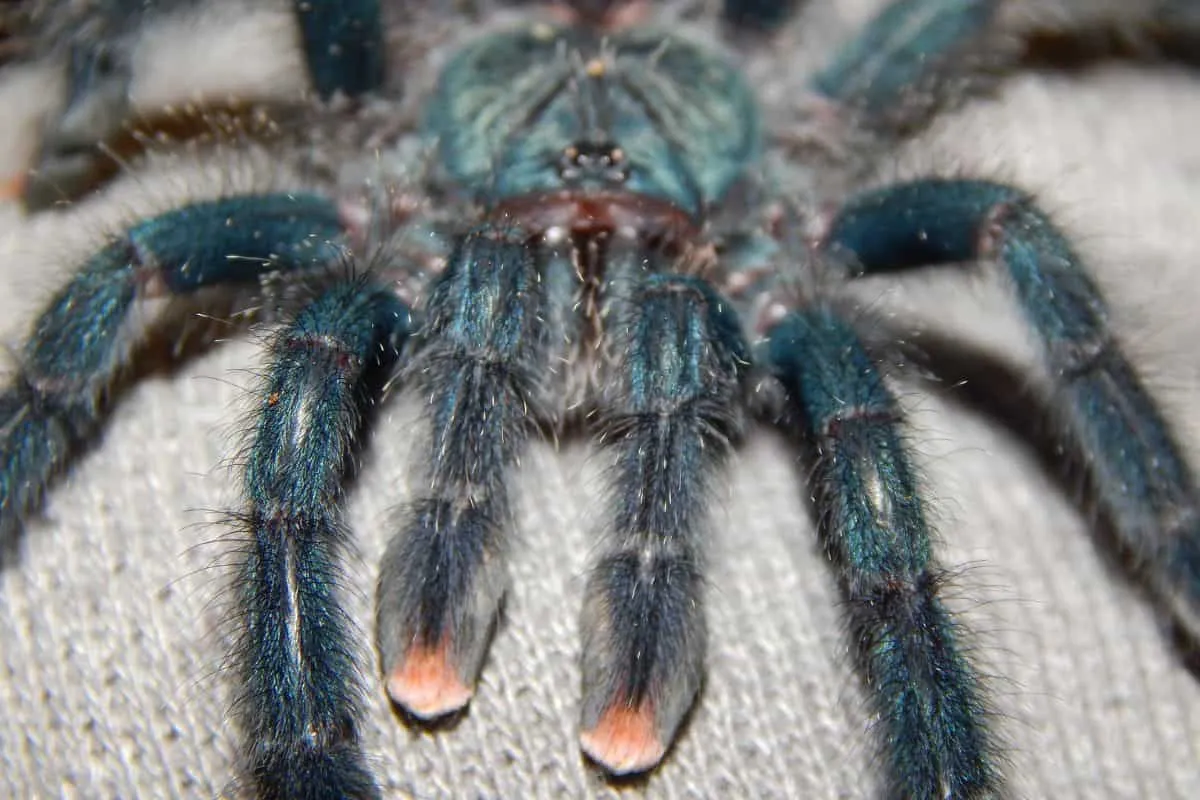
Several key indicators will help you determine if a pinktoe tarantula is healthy. A healthy tarantula will have a good appetite and readily accept food. Observe its feeding habits; it should actively hunt or consume prey offered to it. The tarantula’s carapace (the top part of its body) should be shiny and free from any discoloration or deformities. Look for clean, well-defined legs and pedipalps. The fangs should be intact and appear strong. The tarantula’s abdomen should be proportional to its size, not overly distended or shrunken. Regular grooming, such as cleaning its fangs and legs, is another sign of a healthy tarantula. The tarantula should be active, moving around its enclosure and exploring its environment.
Where to Buy Your Pinktoe Tarantula
Choosing a reputable source is critical when purchasing a pinktoe tarantula. Reputable breeders and pet stores specialize in tarantulas and other exotic pets and can offer healthy specimens. These vendors typically have experience caring for tarantulas and can provide valuable information about their care. Avoid purchasing tarantulas from unreliable sources, such as online marketplaces without proper vetting, as these often have lower-quality animals and inadequate care information. Before purchasing, check the tarantula’s enclosure for cleanliness and proper conditions. The vendor should be able to provide details about the tarantula’s origin, age, and feeding history. If possible, ask to observe the tarantula feeding to ensure its appetite and health. Supporting ethical breeders and pet stores ensures you receive a healthy tarantula and contribute to responsible pet ownership.
Setting Up the Perfect Pinktoe Tarantula Enclosure
Creating a suitable enclosure is essential for the health and well-being of your pinktoe tarantula. The enclosure should mimic the tarantula’s natural habitat, providing security and comfort. Proper setup helps regulate temperature and humidity, which is crucial for its survival. This section will guide you through enclosure size, substrate, decor, temperature, and humidity to create an ideal environment for your pinktoe tarantula to thrive. The correct enclosure setup not only provides a comfortable home for your pet but also makes it easier for you to observe, feed, and handle your tarantula. This will enhance your experience of keeping a pinktoe tarantula.
Enclosure Size and Type
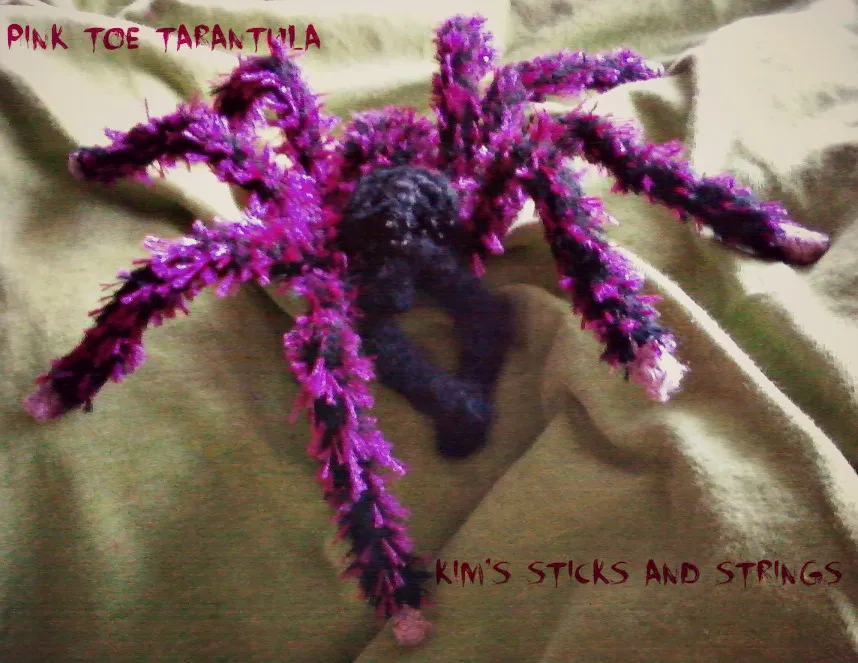
The size and type of enclosure are important factors in the proper care of your pinktoe tarantula. As an arboreal species, pinktoe tarantulas require a tall enclosure to accommodate their climbing habits. The enclosure should be at least three times the tarantula’s leg span in height and width. Glass or acrylic terrariums with secure, well-ventilated lids are suitable options. Avoid enclosures that are too large, as they can make it difficult for the tarantula to find its food, and cause stress. Ensure the enclosure has adequate ventilation to prevent the buildup of humidity and mold. The lid should fit tightly to prevent escapes and ensure the safety of both the tarantula and the environment. Regularly inspect the enclosure for any cracks or damages to maintain the enclosure’s integrity.
Substrate and Decor
The substrate and decor in your pinktoe tarantula’s enclosure are crucial for its well-being and natural behaviors. A suitable substrate maintains humidity and provides a comfortable environment for your pet. Good options include a mixture of coco fiber and sphagnum moss. Avoid substrates that can cause harm to your tarantula, such as gravel or sharp materials. The substrate depth should be sufficient to allow the tarantula to burrow and anchor its web. Decorate the enclosure with cork bark, branches, and artificial plants to provide hiding places and climbing opportunities. These decorations not only enrich the tarantula’s environment but also make it feel more secure and less stressed. Ensure the decor is clean and free from pesticides or other harmful substances. Regularly replace the substrate and clean the decor to maintain a healthy environment.
Temperature and Humidity
Maintaining the correct temperature and humidity levels is crucial for the health of your pinktoe tarantula. Pinktoe tarantulas thrive in temperatures between 75°F and 80°F (24°C and 27°C). Use a reliable thermometer to monitor the temperature and ensure it remains within the ideal range. Avoid placing the enclosure near direct sunlight or drafts, as these can cause fluctuations in temperature. The humidity levels should be maintained between 70% and 80%. Use a hygrometer to measure humidity. To increase humidity, mist the enclosure with dechlorinated water a few times a week. Ensure proper ventilation to prevent mold and maintain a healthy environment. Regular monitoring and adjustments are vital to ensure your pinktoe tarantula’s well-being.
Feeding Your Pinktoe Tarantula
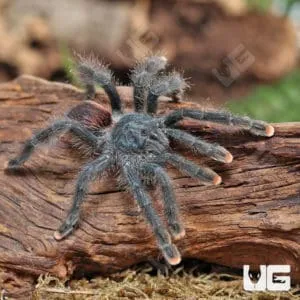
Feeding your pinktoe tarantula the correct diet is critical for its health and growth. Proper nutrition ensures that your tarantula thrives and lives a long life. This section details what to feed your pinktoe tarantula, how often to feed it, and how to provide water, all of which contribute to a healthy and happy pet. These guidelines will help you ensure your tarantula gets the necessary nutrients to flourish. Remember to adapt the feeding plan based on the tarantula’s age, size, and molting cycle. A well-nourished tarantula will exhibit vibrant colors, be active, and have a good appetite.
What to Feed Your Pinktoe Tarantula
Pinktoe tarantulas are insectivores, meaning their diet consists primarily of insects. Suitable food items include crickets, cockroaches, mealworms, and other commercially available insects. Ensure the insects are gut-loaded before feeding them to your tarantula, which involves feeding the insects a nutritious diet, so the tarantula gets all necessary nutrients. The size of the prey should be appropriate for the tarantula’s size; the prey should not be larger than the tarantula’s abdomen. Avoid feeding wild-caught insects, as they may contain pesticides or parasites. Provide a variety of insects to offer a balanced diet. Always remove any uneaten insects within 24 hours to prevent stress and mold in the enclosure.
Feeding Frequency
The feeding frequency of a pinktoe tarantula depends on its age and size. Spiderlings and juvenile tarantulas should be fed more frequently than adults. Spiderlings can be fed every other day or every day, while juveniles can be fed two to three times a week. Adult tarantulas typically need to be fed once or twice a week. Adjust the feeding schedule based on your tarantula’s appetite and activity level. A tarantula that refuses to eat may be about to molt. Always remove any uneaten prey to maintain a clean and healthy environment. Overfeeding can lead to health issues, so it is crucial to find the right balance.
Water and Hydration
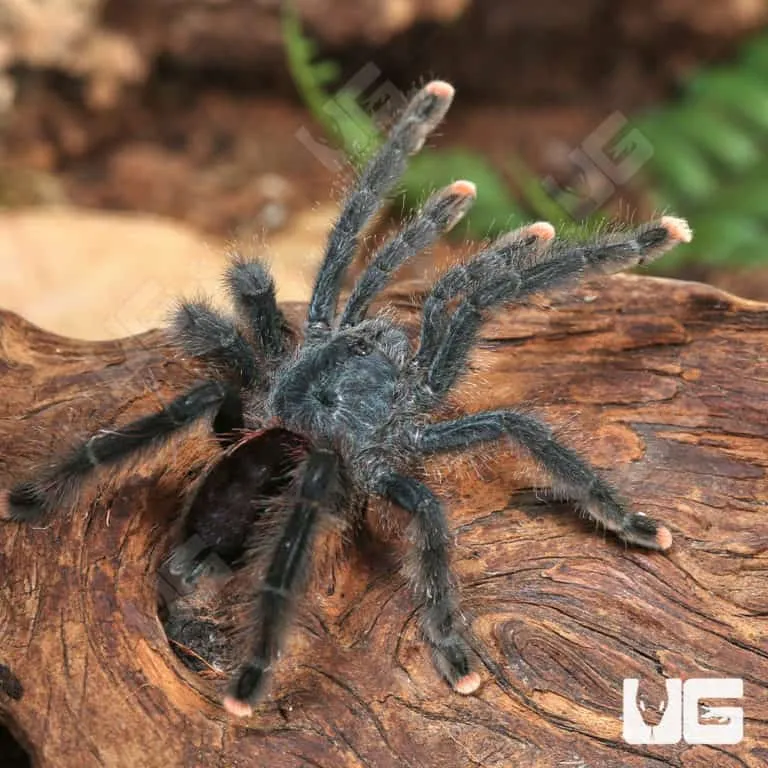
Providing fresh water is essential for your pinktoe tarantula’s hydration. Use a shallow water dish filled with fresh, dechlorinated water. The water dish should be small enough to prevent the tarantula from drowning. Change the water regularly, at least once or twice a week, to prevent bacterial growth. In addition to a water dish, misting the enclosure can help maintain humidity levels and provide a source of water for the tarantula. Observe your tarantula’s behavior and adjust the watering frequency accordingly. Dehydration can be fatal, so always ensure that your tarantula has access to fresh water.
Pinktoe Tarantula Handling and Interaction
Handling a pinktoe tarantula requires caution and a good understanding of its behavior. While generally docile, pinktoe tarantulas can bite or flick urticating hairs if they feel threatened. Safe handling techniques and understanding your tarantula’s behavior are key to ensuring a positive experience for both you and your pet. This section provides guidance on safe handling practices and how to interpret your tarantula’s body language. Always prioritize the safety of your pet and yourself when interacting with your pinktoe tarantula. Observing your tarantula’s behavior before and during handling can help to create a positive experience.
Safe Handling Techniques
When handling your pinktoe tarantula, it’s important to take precautions to ensure both your and the tarantula’s safety. It’s generally best to avoid handling your tarantula unless necessary, such as for enclosure maintenance or health checks. If you need to handle your tarantula, do so in a controlled environment, such as over a soft surface or low to the ground, in case it falls. Never handle your tarantula if you are nervous, as this can make the tarantula feel threatened. Gently coax the tarantula onto your hand, using a soft brush or other tool if necessary. Always wash your hands thoroughly before and after handling your tarantula. Be aware of the tarantula’s urticating hairs, which can cause skin irritation; avoid touching your face or eyes after handling.
Understanding Pinktoe Tarantula Behavior
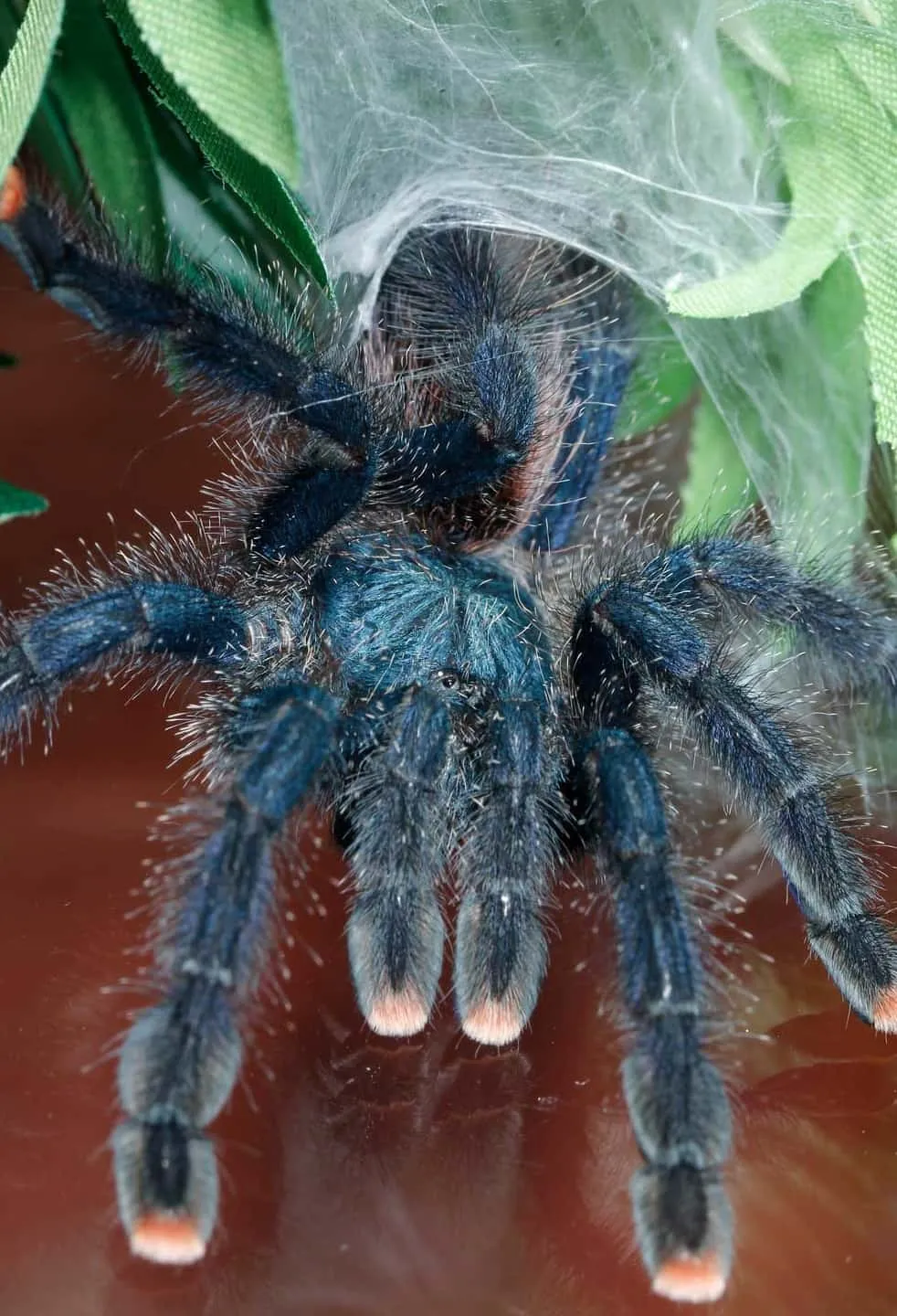
Understanding your pinktoe tarantula’s behavior is crucial for safe interaction. Pay attention to your tarantula’s body language; a defensive posture may include raising its front legs, showing its fangs, and raising its abdomen. These are clear signs that it feels threatened and should be left alone. Observe your tarantula’s movements and habits. A tarantula that is calm and relaxed will typically move slowly and explore its environment. A tarantula that is stressed or frightened may move erratically. Learn to identify the signs of a tarantula preparing to molt, as they are more vulnerable during this period and should not be handled. Familiarizing yourself with these behaviors allows you to interact with your tarantula in a way that minimizes stress and promotes a positive relationship.
Common Pinktoe Tarantula Health Issues
Like all pets, pinktoe tarantulas can experience health issues. Being aware of common ailments and knowing how to identify and address them is important for responsible pet ownership. This section provides valuable information on molting, common diseases, and the steps to take to ensure the health and longevity of your tarantula. Regular observation of your pet and immediate action upon noticing a health issue are keys to successful tarantula care. Early detection and treatment can make a big difference in your pinktoe tarantula’s overall well-being.
Moulting and What to Expect
Molting is a natural process where pinktoe tarantulas shed their exoskeleton to grow. During molting, the tarantula becomes vulnerable, so it is important to avoid disturbing it. Before molting, the tarantula may stop eating, become less active, and start creating a web mat. The tarantula will typically flip onto its back during the molting process. Provide a humid environment and avoid touching or moving the tarantula while it is molting. After molting, the tarantula’s new exoskeleton will be soft, and it will take some time for it to harden. Do not feed the tarantula for a few days after molting to allow its fangs to harden. Provide a clean and stress-free environment to ensure a successful molt.
Identifying and Treating Common Diseases
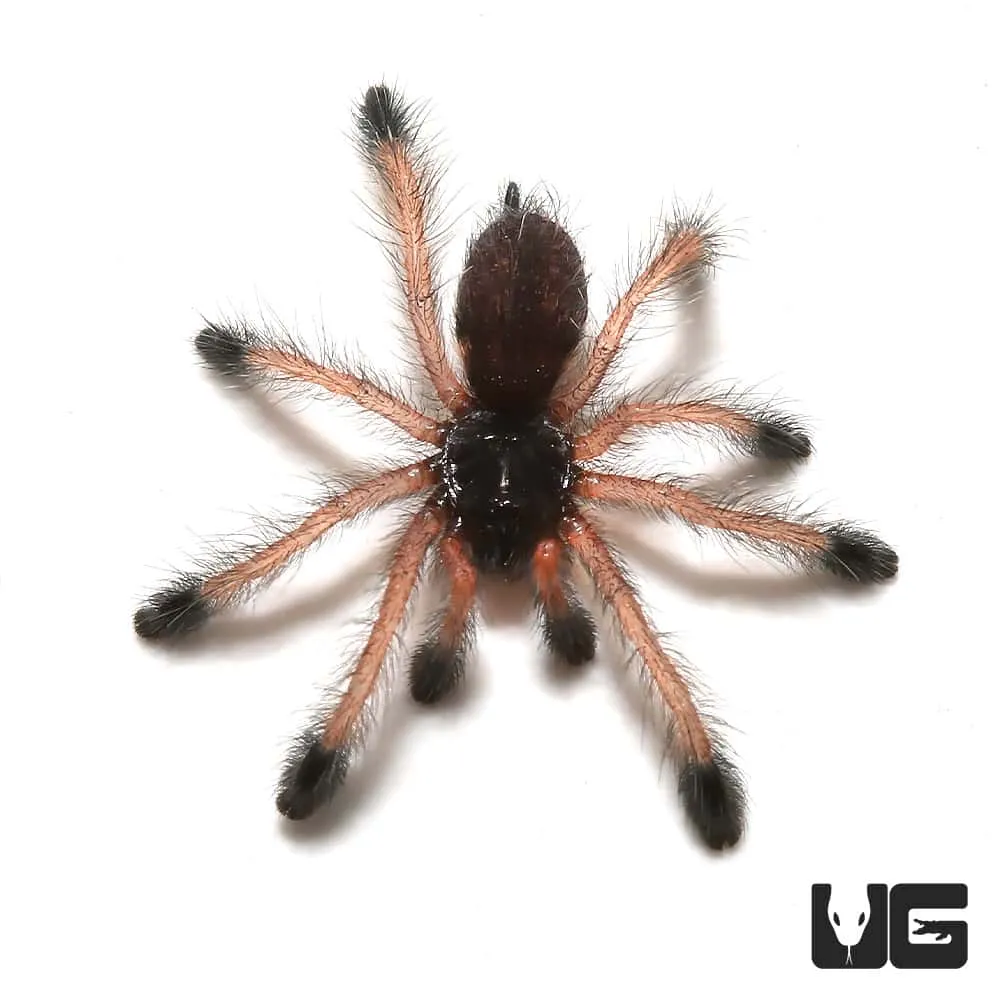
While pinktoe tarantulas are generally hardy, they can be susceptible to certain diseases and health issues. Mites are a common parasite that can infest tarantulas; these can often be seen as tiny moving dots on the tarantula’s body. Fungus infections can occur in enclosures with high humidity and poor ventilation. Check for any signs of illness, such as loss of appetite, lethargy, or unusual behavior. If you notice any of these signs, isolate the affected tarantula and consult with an experienced arachnid veterinarian. Maintain a clean and healthy environment to prevent health problems. Ensure the enclosure is kept at the appropriate temperature and humidity levels. Always quarantine new tarantulas before introducing them to an existing collection to prevent the spread of diseases.
Breeding Your Pinktoe Tarantula
Breeding pinktoe tarantulas is an advanced aspect of tarantula care, typically undertaken by experienced keepers. Successful breeding requires careful planning, knowledge of the tarantula’s reproductive cycle, and creating suitable environmental conditions. This section provides a brief overview of the process, including how to sex your tarantula, mating, and egg sac management. While not a beginner’s endeavor, understanding the basics can be helpful for those considering breeding their pinktoe tarantulas. The process can be complex and requires patience and attention to detail.
Sexing Your Pinktoe Tarantula
Sexing your pinktoe tarantula is the first step in the breeding process. The most reliable way to determine the sex of a tarantula is by examining its molt. The female will have a spermatheca, which appears as a small sac between the book lungs. The male will have a smaller structure. You can also use a magnifying glass to examine the tarantula’s pedipalps. Mature males will have specialized structures on their pedipalps called emboli, which they use to transfer sperm. Identifying the sex of your tarantula is vital before attempting to breed them. Determining the sex often requires careful observation of the molt.
Mating and Egg Sac Management
Once you have a confirmed pair, you can introduce the male to the female’s enclosure. The female may or may not accept the male. If she is receptive, they will mate. The male will then need to be removed from the enclosure to prevent him from being eaten. After mating, the female will produce an egg sac, which she will typically guard. Provide the female with a secure, undisturbed environment. Remove the egg sac once the spiderlings begin to hatch. Raising spiderlings requires specialized care, including providing appropriate food and housing. Successful breeding requires specialized equipment and careful monitoring throughout the entire process.
